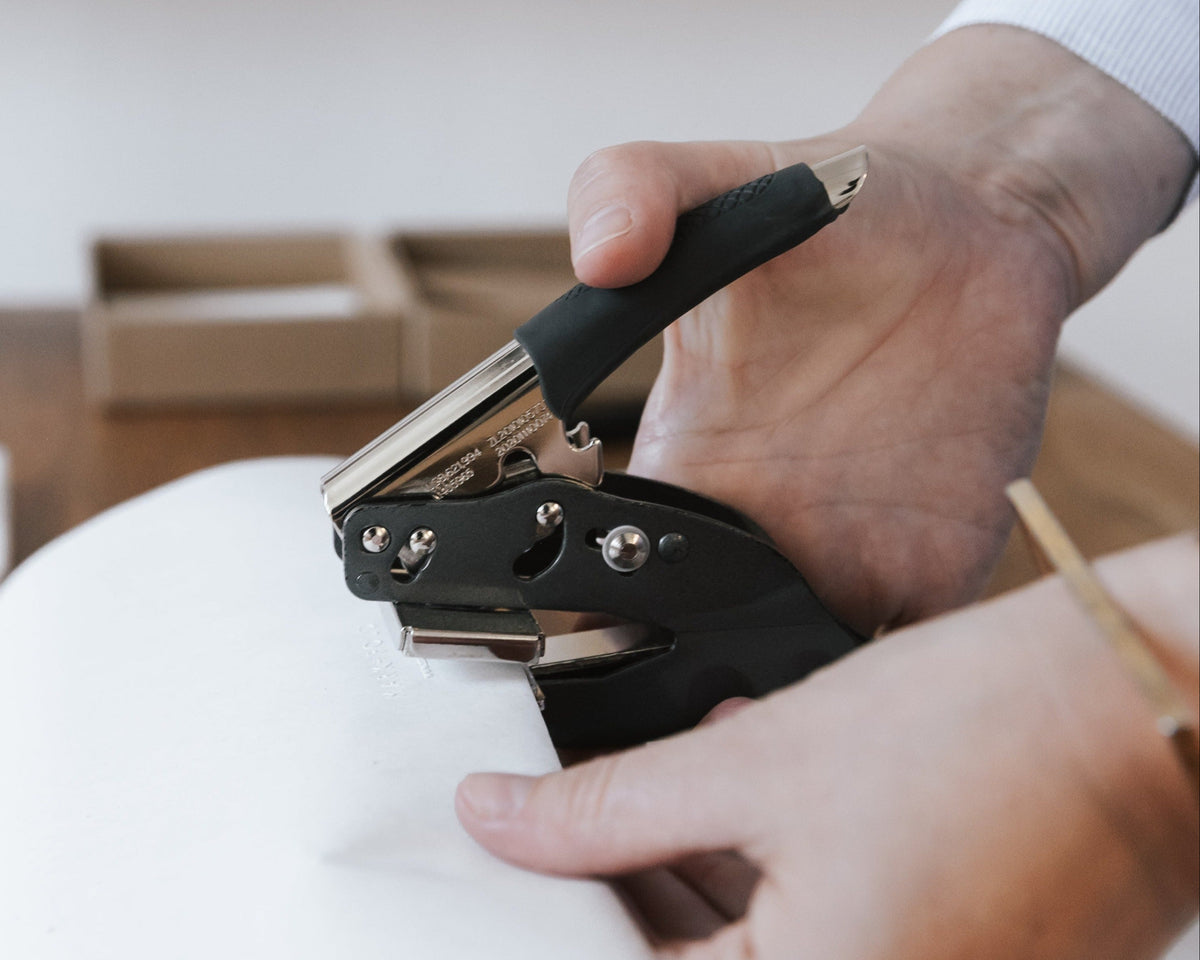




Fashion photographer Thomas Zanon-Larcher shares a privileged glimpse inside his Mark+Fold sketchbooks. Best known for his backstage fashion photography including collaborations with Yohji Yamamoto, Alexander McQueen, Dries van Noten and Martin Margiela, capturing the rare natural moments behind the scenes in contrast to the perfectly composed scenes of the catwalk. His style has often been compared to iconic film directors Chabrol and Bergman, and cinematic movements like Nouvelle Vague and Film Noir. His work is distinguished by both un-staged and narrative images, which capture his protagonists’ isolation, often fixing moments of introspection and solemnity as they turn or move away from the camera.
I first met Thomas Zanon-Larcher when we worked together on a book called Lady From The Sea, which accompanied the last exhibition at the Wapping Project. The Lady from the Sea was a collaborative and contemporary take on Norwegian playwright Henrik Ibsen’s play The Lady from the Sea in photographic essay and installation form by Thomas-Zanon Larcher and Jules Wright, who had directed the play many years before both in London and at the National Theatre in Oslo. The photo-cinematic tale was shot entirely on location in and around Longyearbyen, a town north of the Arctic Circle. I had the privilege of working closely with Thomas and Jules to bring the book together.
Thomas discovered Mark+Fold notebooks by pure coincidence and enjoyed using them. He only later realised that we already knew one another from this previous project. It is an honour to know that he prefers our notebooks, and a joy to see how he uses them as sketchbooks. He likes the quality of the paper, which is thick enough for paint. "The cardboard of the black [covers]" he says "is perfect to write on with a white pencil — just the right resistance and a sound like on a smooth school black board."
Amy Cooper-Wright
Founder, Mark+Fold

One of the images from the Lady From The Sea series by Thomas Zanon-Larcher
 The Wapping Project, which closed in 2013
The Wapping Project, which closed in 2013
More about Thomas' work, from Aesthetica Magazine:
‘The narrative work of Italian photographer Thomas Zanon-Larcher (best known for his backstage fashion photography including collaborations with designers Yohji Yamamoto, Alexander McQueen, Dries van Noten and Martin Margiela) could be described as… moving in the so-called “room of dreams.” This body of independent work, away from backstage fashion work, takes on a style that has a natural fluidity in its storytelling, a perfected simplicity and a certain dreamlike quality whereby motions play out as if untouched by external direction. His photography has often been compared to the works of iconic film directors such as Chabrol and Bergman, and cinematic movements such as the French Nouvelle Vague and Film Noir.
Zanon-Larcher’s process of creating work is key to this blurring of lines. Rather than constructing posed scenes to shoot, he directs his models in role-plays, which run without stopping, that he then enters to photograph. “It’s a bit like theatre where you just play a scene straight through,” Zanon-Larcher explains. “And, if it’s not right or I don’t believe the performance, we have to re-do the whole role-play from the beginning. It is almost like a film that I make; there are a number of scenes that are acted out. They’re always full-blown, fully performed scenes. But then, what makes it different to film is that I don’t shoot the whole movie … For example, in the last piece I did, I took just three shots in a scene that lasted 15 minutes … It’s a question of what you can leave out and how little you can shoot whilst still conveying a situation.”’


